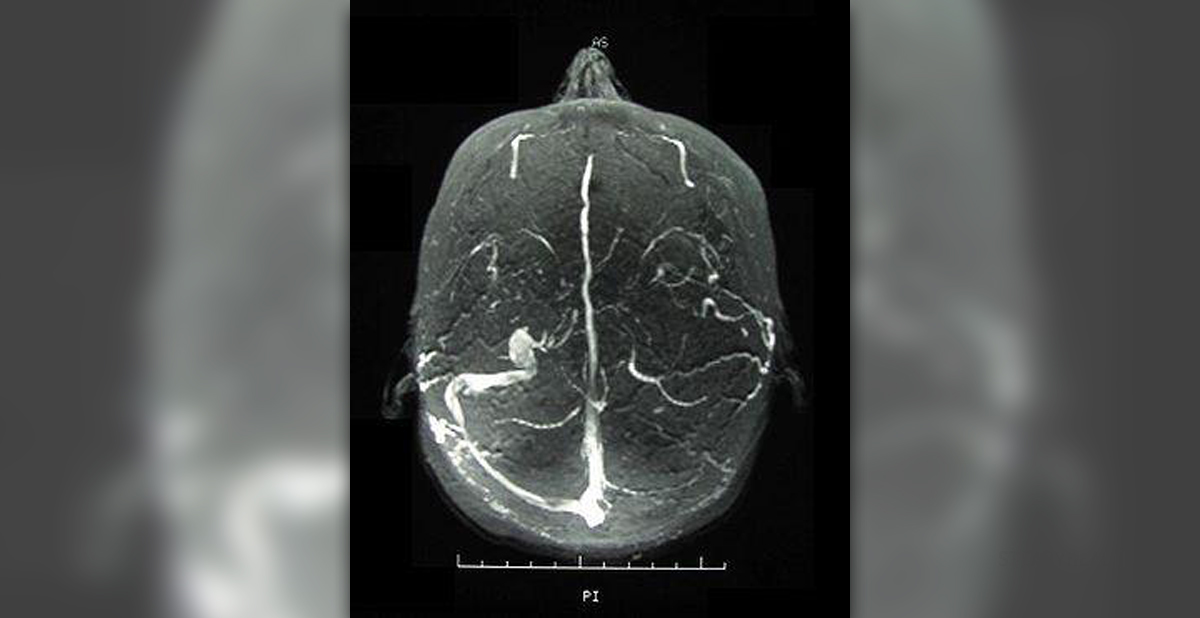
Behcet's disease is a rather rare disorder which affects blood vessels throughout the body and leads to their inflammation. Inflammation of different blood vessels may cause a variety of symptoms and signs. This is why clinical presentation may significantly vary among patients.
Behcet's Disease Clinical Characteristics
As already mentioned, symptoms and signs of Behcet's disease may vary a lot basically depending on the affected organ. They also tend to come and go, causing temporary health problems. In the majority of cases patients develop changes in the mouth, on the skin, genitalia, eyes, joints, digestive system and brain.
The disease is frequently associated with the formation of painful mouth sores (practically identical to canker sores). These sores are initially raised and round and soon turn into painful ulcerations. Even though these lesions heal within maximum 3 weeks, they also reoccur.
The skin of such patients is covered with acne-like sores or red, raised and tender nodules. These predominantly affect the lower legs.
Sores are also reported to develop on genitalia, particularly on the scrotum and vulva. They are very painful and may cause scarring.
One of many characteristics of Behcet's disease is also eye inflammation. It develops in a form of uveitis and is characterized by redness of the affected eye, eye pain and blurred vision. The inflammation may affect one or even both eyes. Sometimes even the retina may get inflamed and this is considered even more severe complications of the disease.
Inflammation additionally affects joints. The most commonly affected joints in the body are the ankles, elbows and wrists.
In people in whom there is inflammation in the digestive tract, Behcet's disease leads to abdominal pain, diarrhea and sometimes bleeding.
Inflammation of the brain and the central nervous system in general is typically accompanied by headache, fever, problems with balance, disorientation etc.
Finally, inflammation of peripheral blood vessels results in redness, pain and swelling of the extremities and blood clot formation. Aneurysms, blood vessel narrowing or blockage may occur as well.Behcet's Disease Causes
Even though the actual cause of Behcet's disease remains unknown, it is believed that this is an autoimmune disease induced by genetic and some environmental factors. For instance, Behcet's disease may affect genetically predisposed people after some bacterial or viral infection.
Behcet's Disease Treatment Options
The goal of the treatment is to reduce inflammation and this way bring all the associated symptoms and signs under control as well as prevent potential complications.
Unfortunately, there is no cure but most patients may benefit from many available treatment options. In mild cases patients take prescribed medications only during flare-ups. Treatment for moderate or severe cases of Behcet's disease comprises medications taken during flare-ups as well as those which need to be taken during remission.
Most creams, gels, ointments, mouth rinses, eye drops etc. contain corticosteroids or some other anti-inflammatory agents which successfully deal with inflammation. More complex cases may even require treatment with potent immunosuppressive drugs. Finally, colchicine, methotrexate and interferon are three more drugs which may be prescribed to people suffering from Behcet's disease.

















Your thoughts on this
Loading...